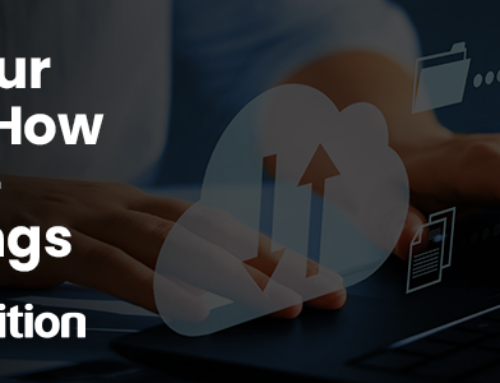
Platform loyalty allows you to simplify your inventory and distribution process. But it also puts your business at risk. When all your sales on one platform, suspensions or account issues are costly. For example, if you only sell on Amazon, an account suspension could end your business. Also, no matter how successful any one marketplace is, it will never sell to 100% of customers.
Retailers who sell on two separate online marketplaces see a 190% jump in revenue over those who sell in just one.
To be successful in e-commerce, your products must be wherever the customer is.
Whether that means setting targeted ads to drive customers from social media to your product pages, or listing your products on high traffic marketplaces, you’re going to need to spread your brand further to catch more customers.
But before you start taking your e-commerce business multi-channel, there are some points you should consider.
Choosing sales channels
Which sales platform works the best for you will depend on what you sell and who you sell to. Before you start taking your e-commerce business multi-channel, it’s important to have a strong knowledge of your market and buyer personas. You need to know where your customers are shopping before you can decide which marketplaces have the most potential for you.
Some sellers want to expand their business by adding lots of new sales channels at once. Realising the potential sales, it can be tempting to add Amazon, eBay, Etsy, and Walmart at the same time. But, multi-channel e-commerce is not just listing on more platforms and waiting for the sales to roll in. Each channel brings its own challenges.
Initially, it’s best to choose one or two channels that you can focus on. When you are confident selling with those, you can look at expanding further.
Present a strong brand
Customers search for items, not sellers. So when a customer views one of your items, it’s important that your brand is prominent. This is true no matter which platform the customer finds your products on.
Taking your e-commerce business multi-channel increases your exposure, but branding is needed to transfer customer loyalty from the marketplace to your brand.
Wherever a customer finds your products, it’s important that they have the same brand experience. Continuity of branding creates a professional appearance that customers know they can trust. And for customers who’ve bought from you before, it’s what lets them know that they can expect the same service and product quality.
If you want to sell on Amazon and manufacture your own branded items or are an official distributor for a brand, you may be eligible to join the Amazon brand registry. Brands on the register have increased control of how their brand is sold on Amazon. They can also sell from a custom Amazon brand store.
There are 180 million active users on eBay. It’s a huge marketplace and anyone who has set up an eBay store can have their own branded custom listing design.
For sellers who want to sell across multiple platforms, Frooition now offers a multi-channel branding package which gives an impressive saving compared to branding each sales platform separately.
Cater to each marketplace
Every marketplace has its own customers. You’ll find that an a product which sells like hot cakes on one marketplace will sit untouched on another. Some marketplaces will be more price sensitive, while fast shipping, amazing product photos or creative presentation may be what sets you apart on another. Before you start selling on a marketplace it’s important to look at your competition on that marketplace and decide what will make your listing attractive in that space.
Some messages can be used on more than one platform. Others may need editing to suit the platform. Determining the right message to go out with is super important. Successful multi-channel selling depends on promoting the aspects of your offering that appeal to customers on the platform.
3PL and FBA
Third party logistics companies or Amazon’s FBA service are perfect for growing businesses. Both free you from the time and financial commitment of logistics so you can focus on growing your e-commerce brand. There are costs, but they expand and contract with your volume of sales. And as you don’t need to rent a warehouse or hire staff, this can still be a very profitable and easy way of selling. Before you start selling multi-channel, it’s a good idea to investigate fulfilment options to ensure you are not overwhelmed by demand and can keep providing a fast, efficient service.
Have a marketplace compatible site
Using a website that integrates with major marketplaces makes multi-channel trading far simpler. With hosted solutions like Shopify or BigCommerce, you can list to multiple marketplaces from your own website, viewing all of your sales stats in your website dashboard.
Going beyond traditional online marketplaces, these stores also integrate with Facebook stores and shoppable Instagram posts. With 3.48 billion people now using social media, social selling is fast becoming a major stream of e-commerce.
Do what works for your brand
Multi channel selling is the future of eCommerce. Whether you’re a dropshipper, re-seller or crafter – widening your net will have a massive effect on the income of your brand.
But not every channel will be right for your business. You’ll need to determine ROI based on time-spent and fees associated with hosting your items in these marketplaces.
If you’re considering taking your e-commerce business multi-channel, fill in the contact form and a Frooition e-commerce expert will be in touch to advise you.







